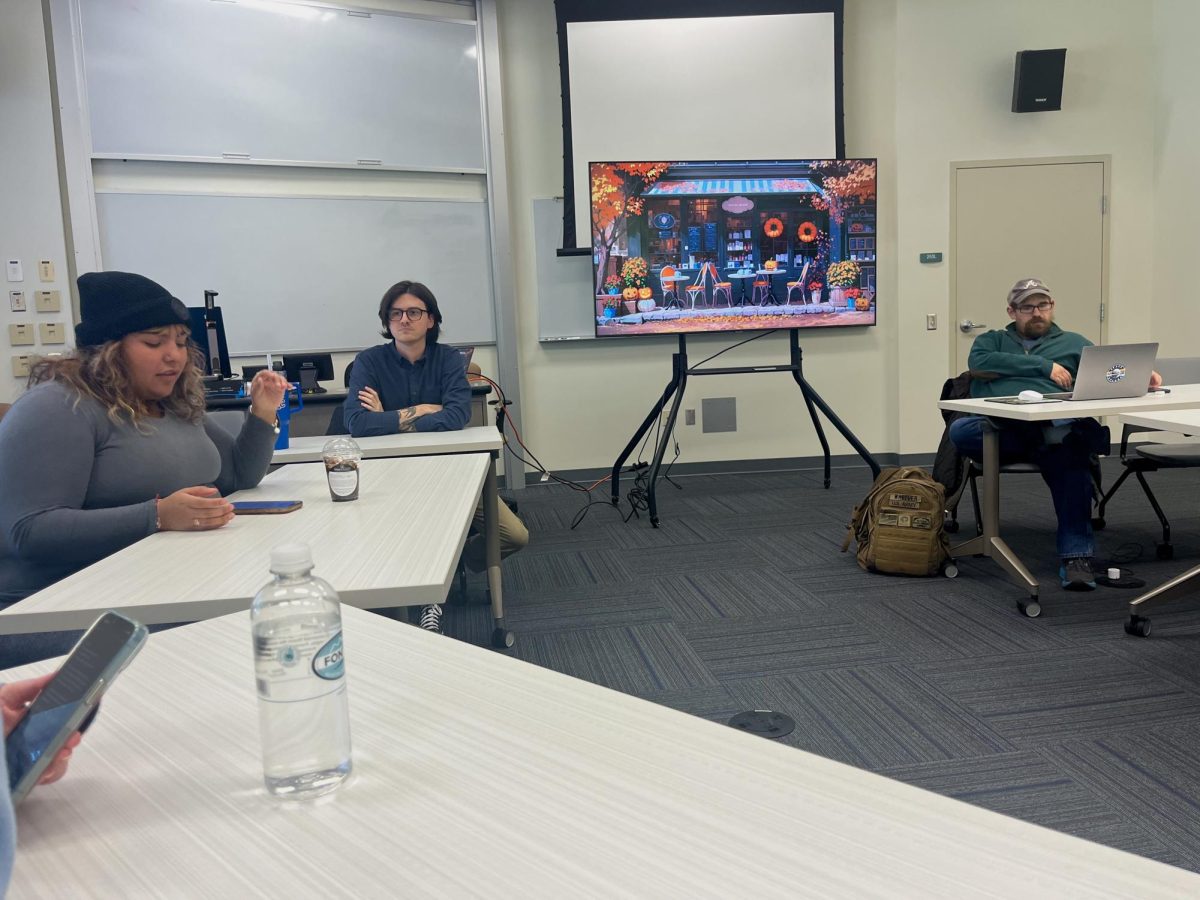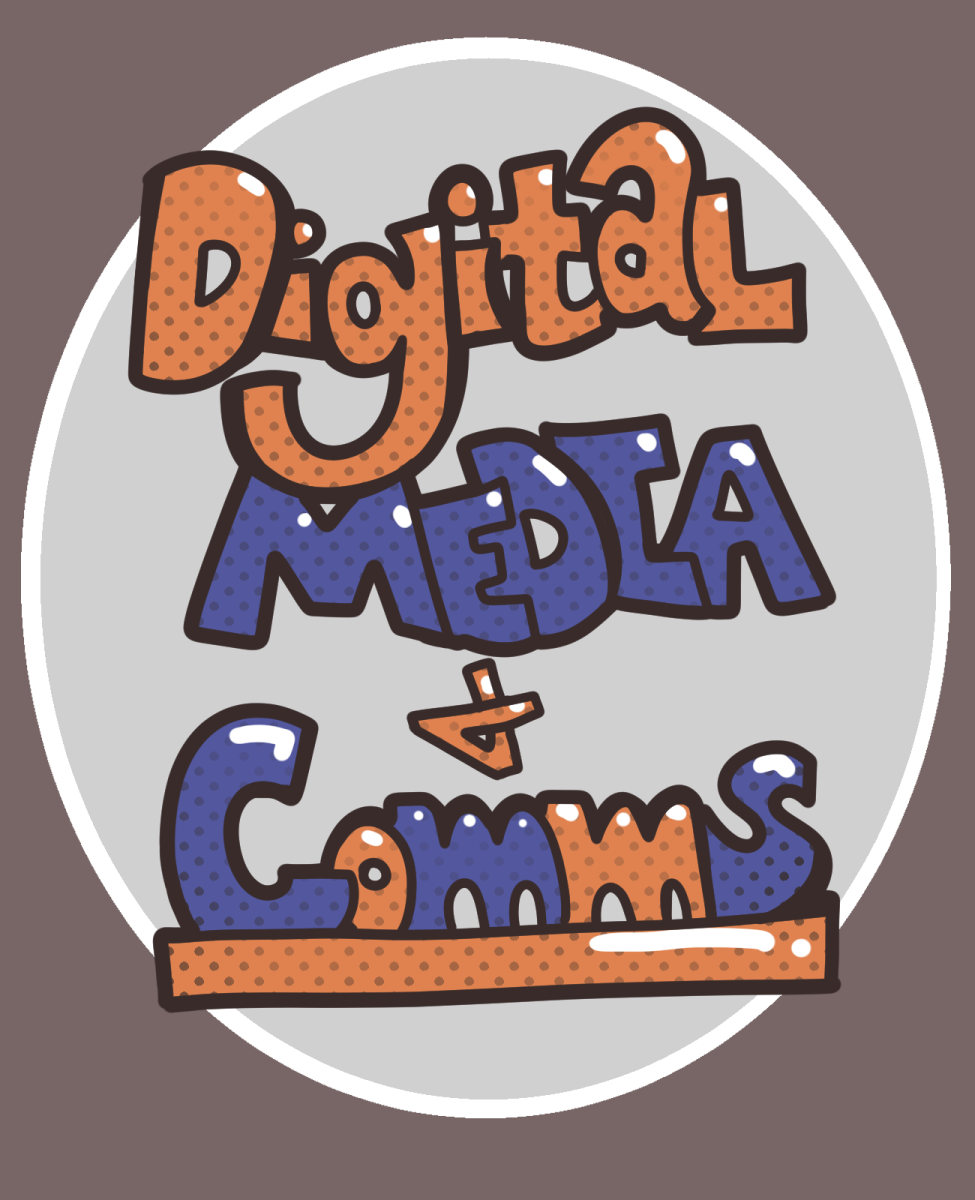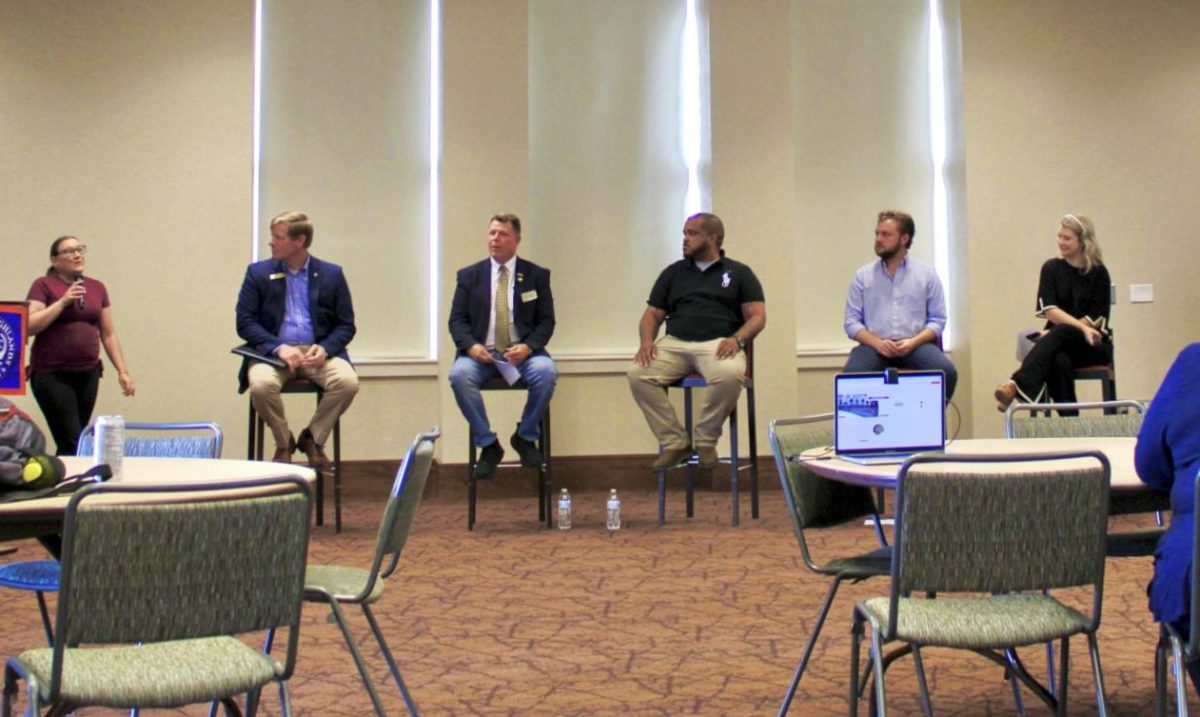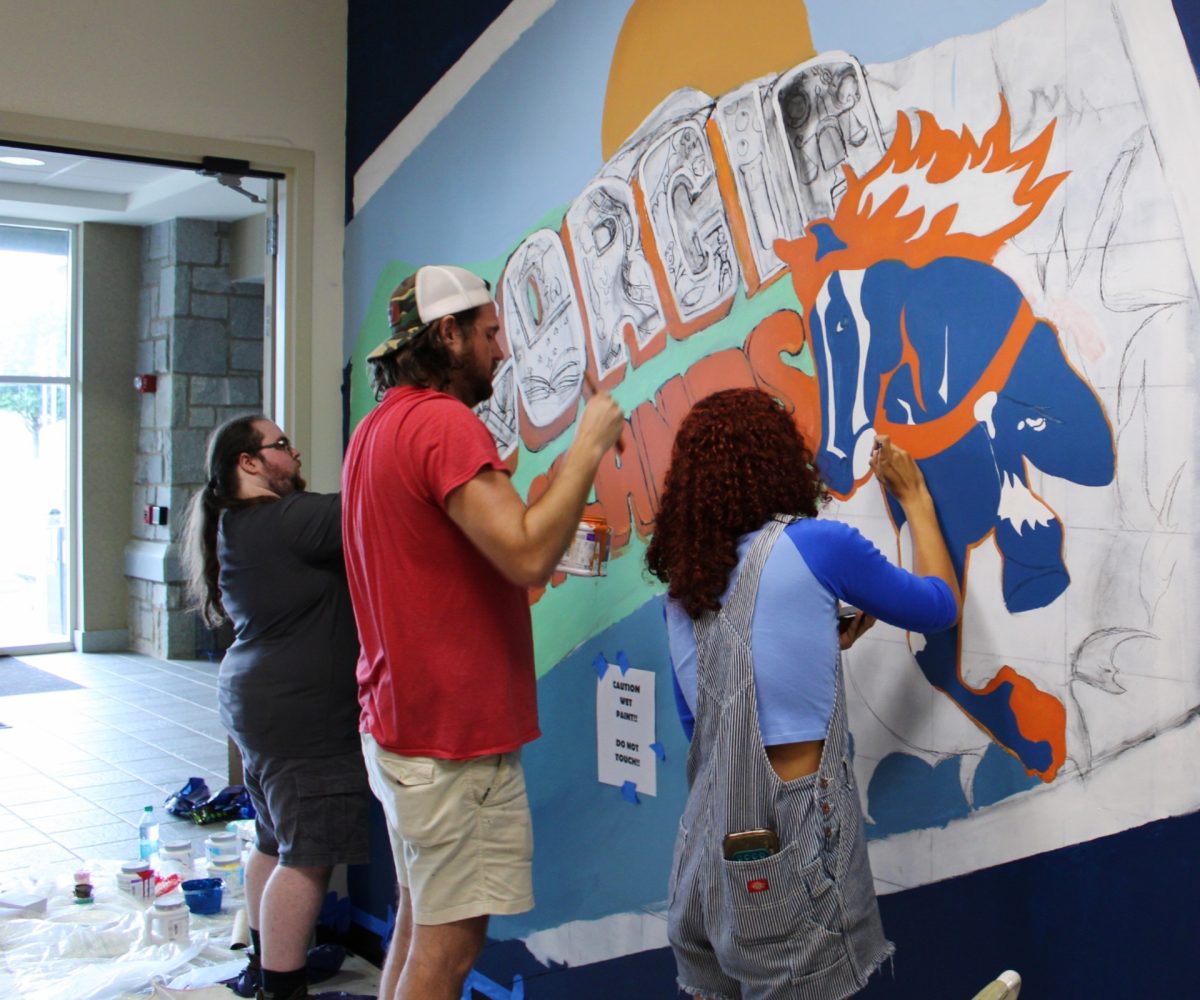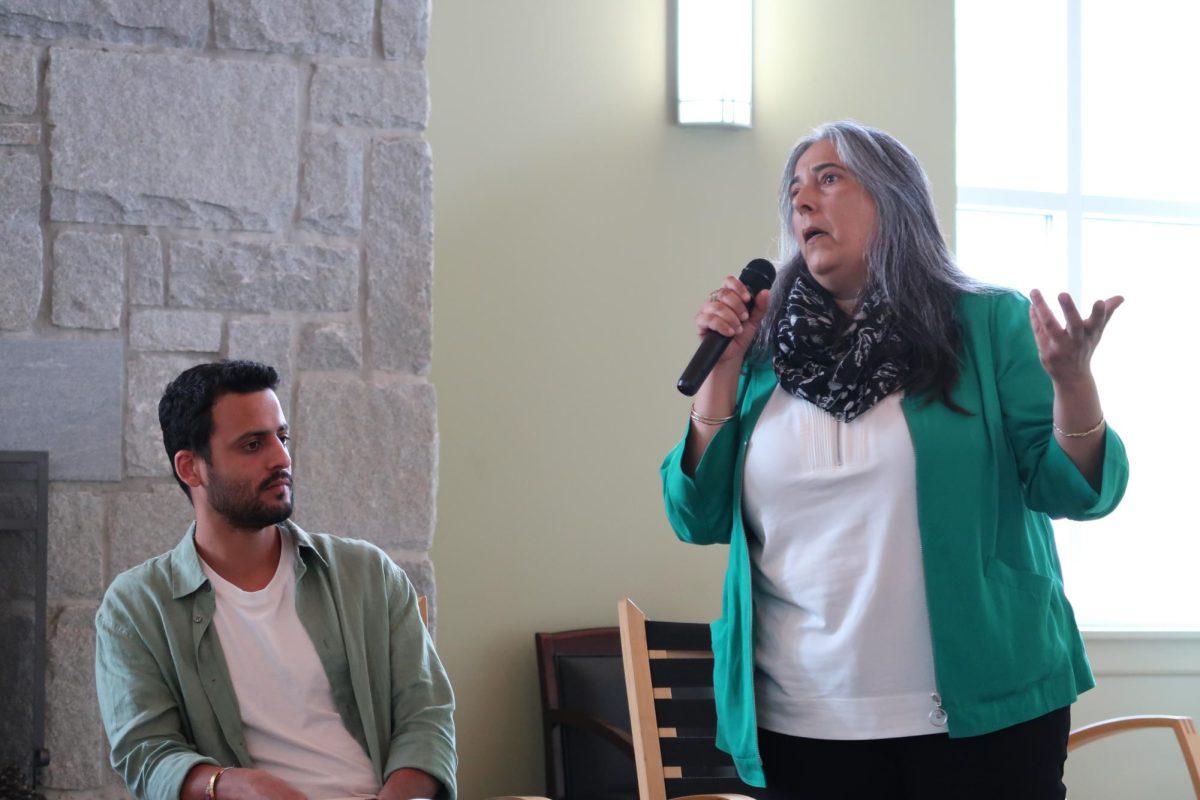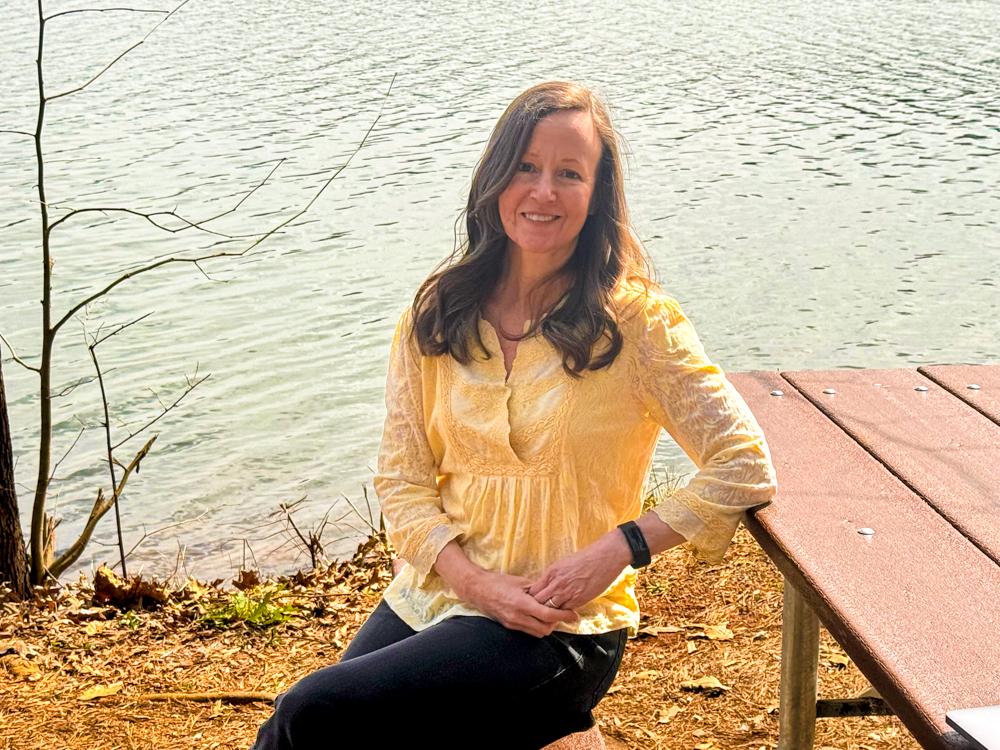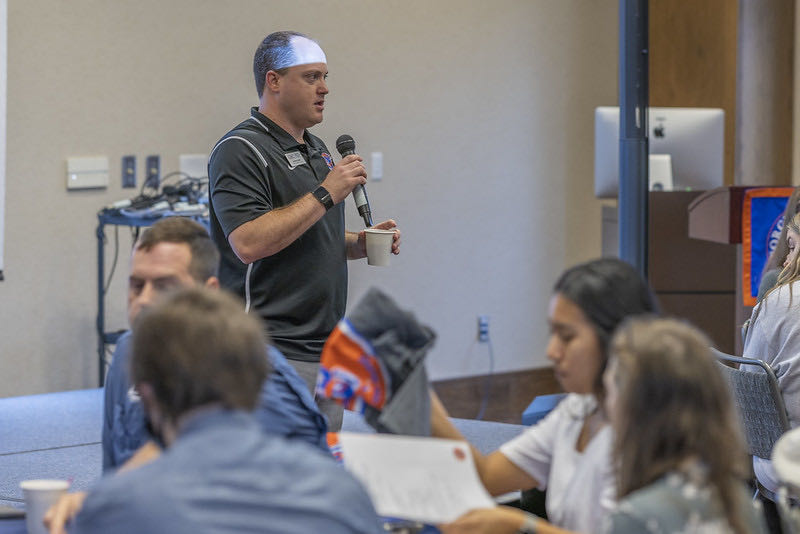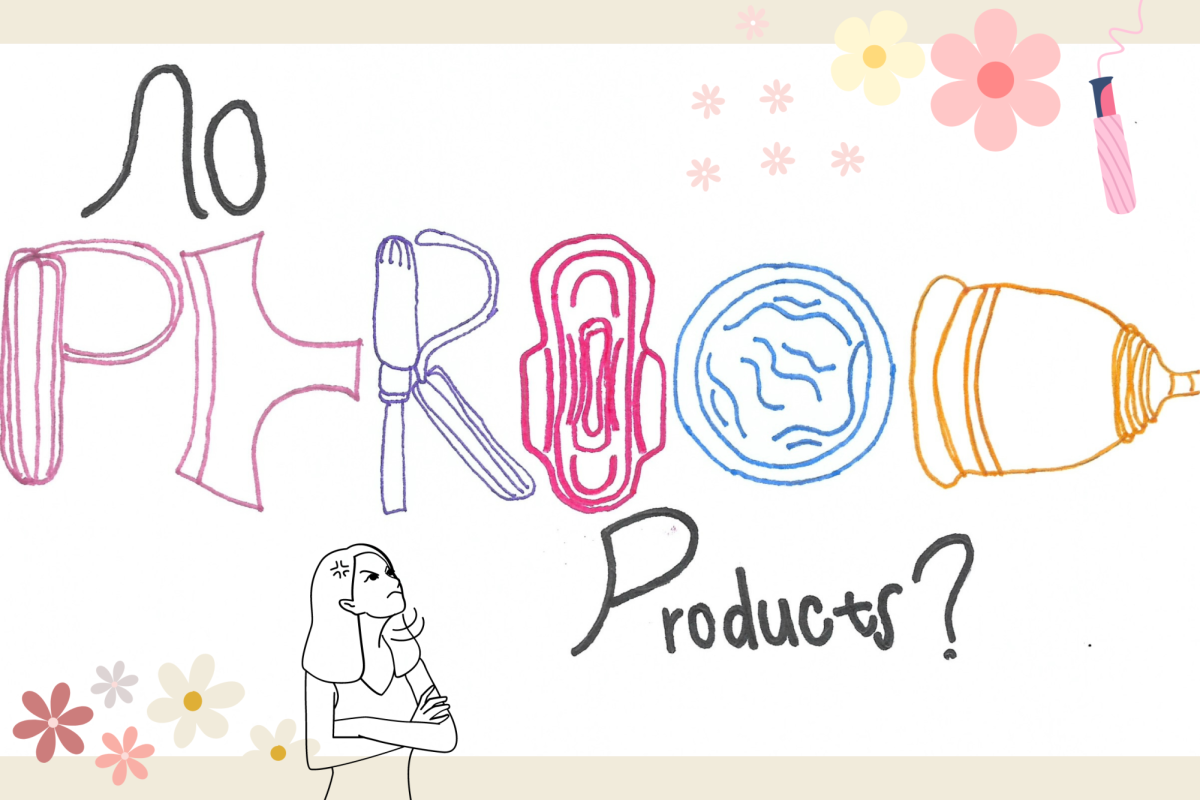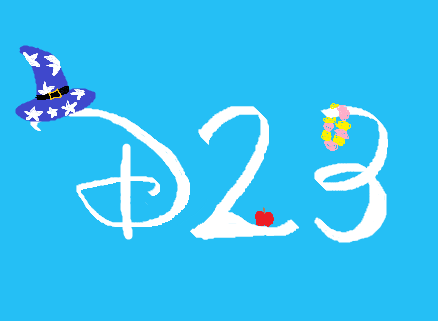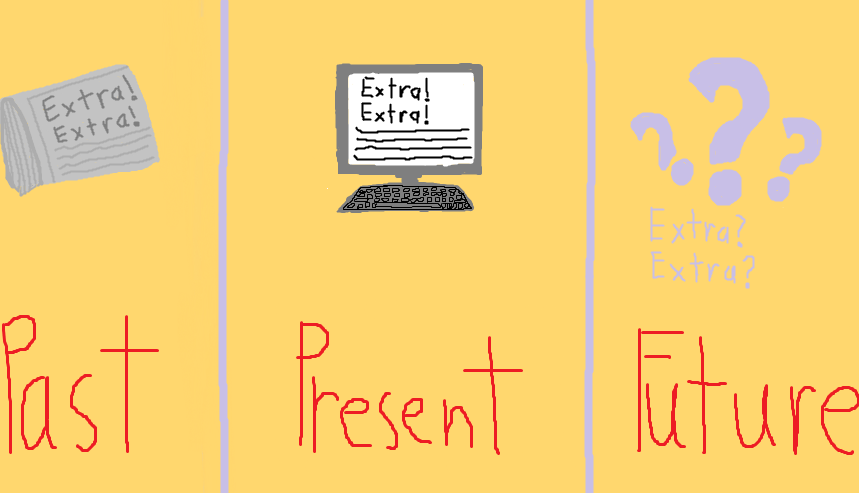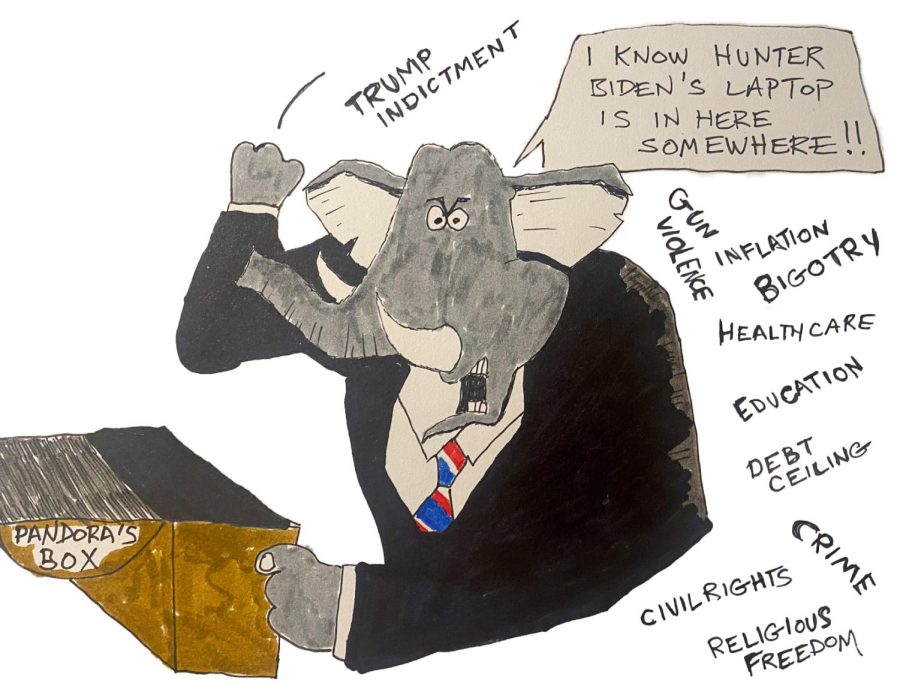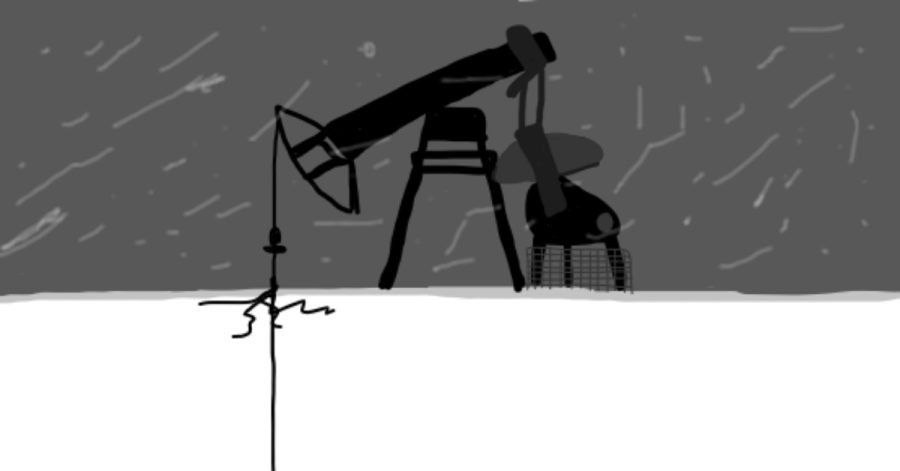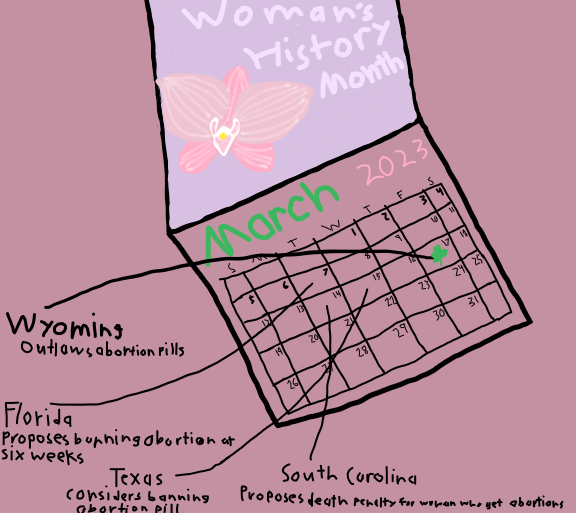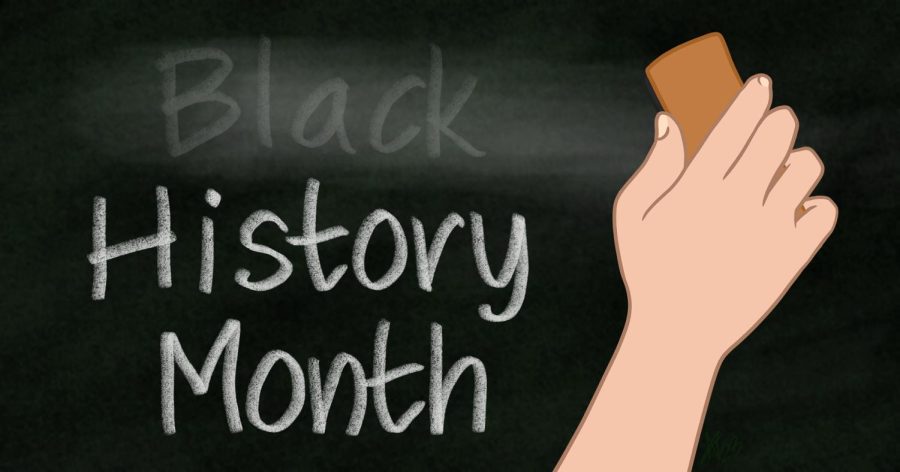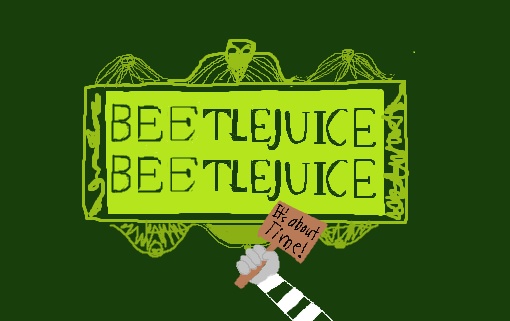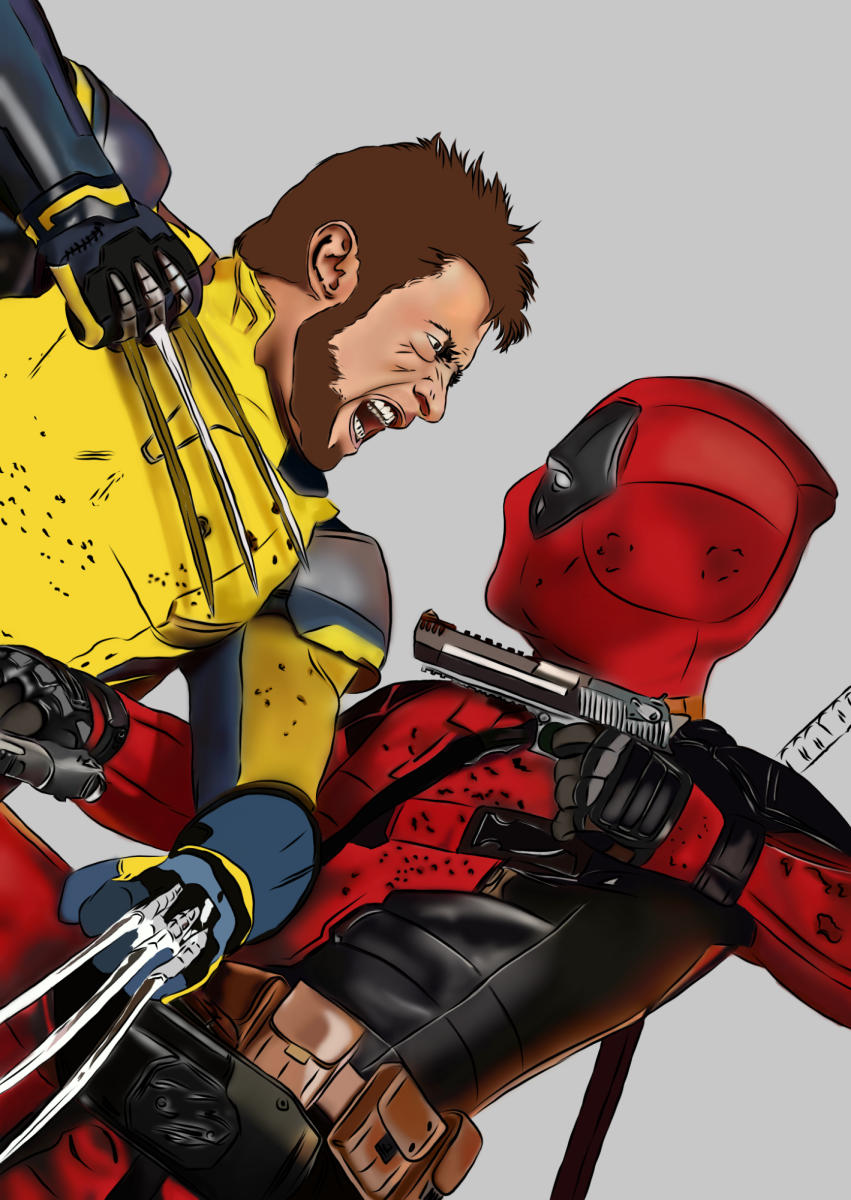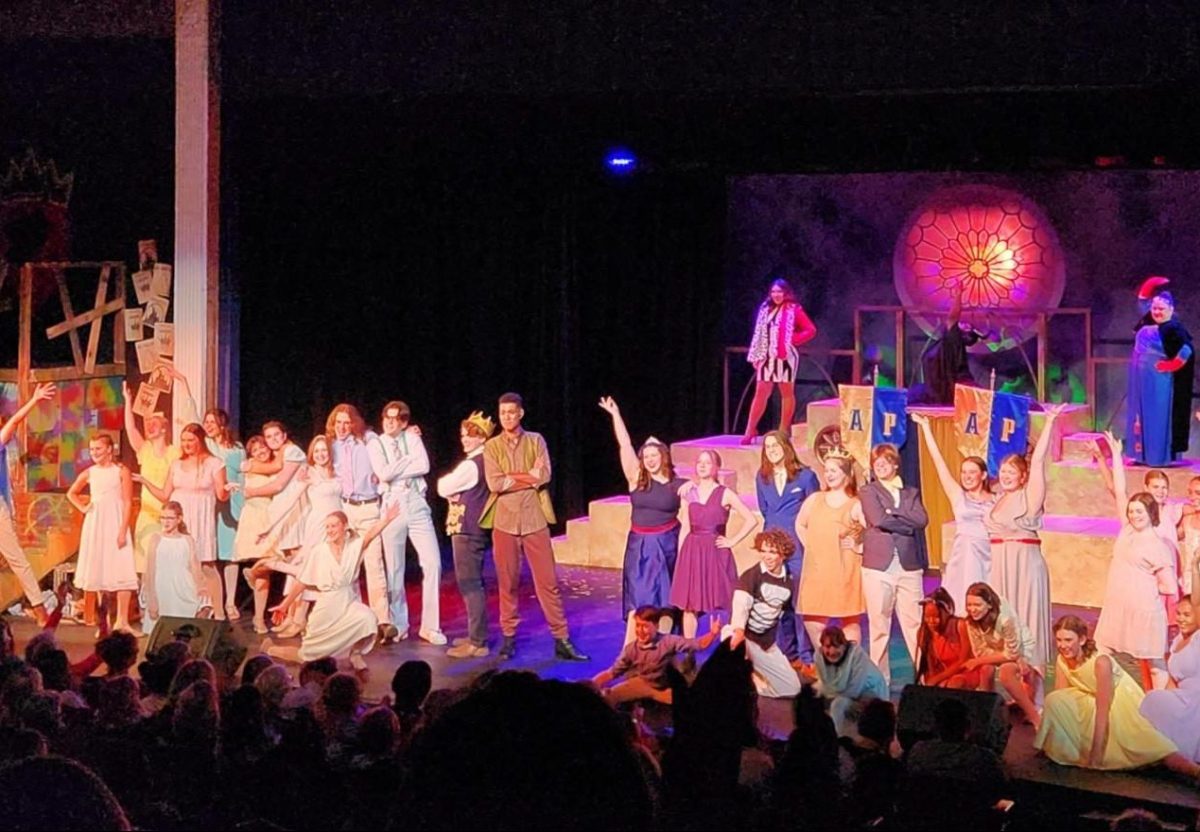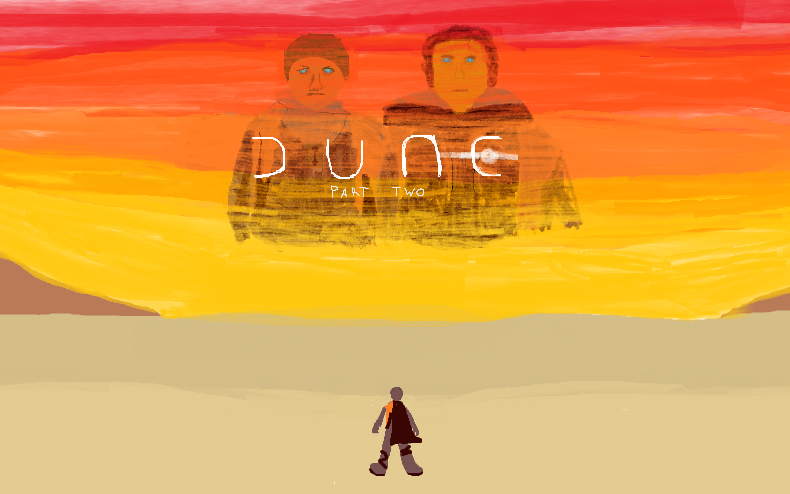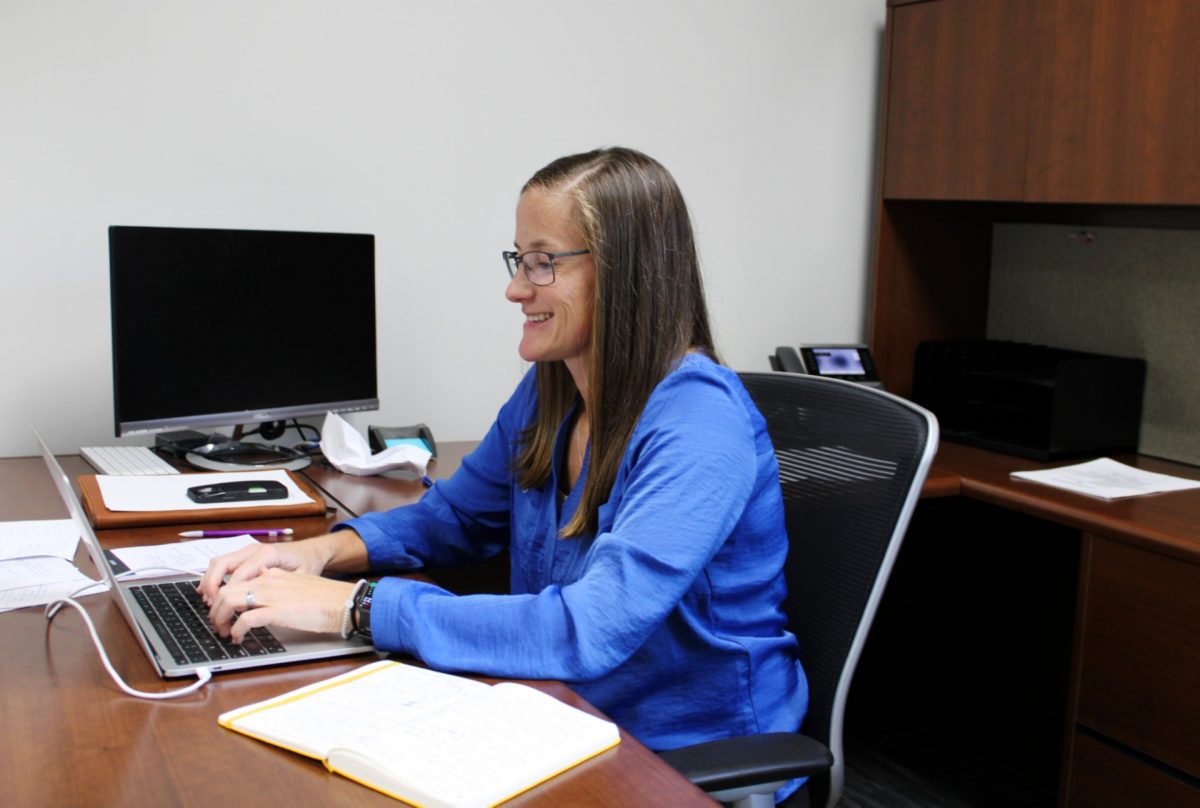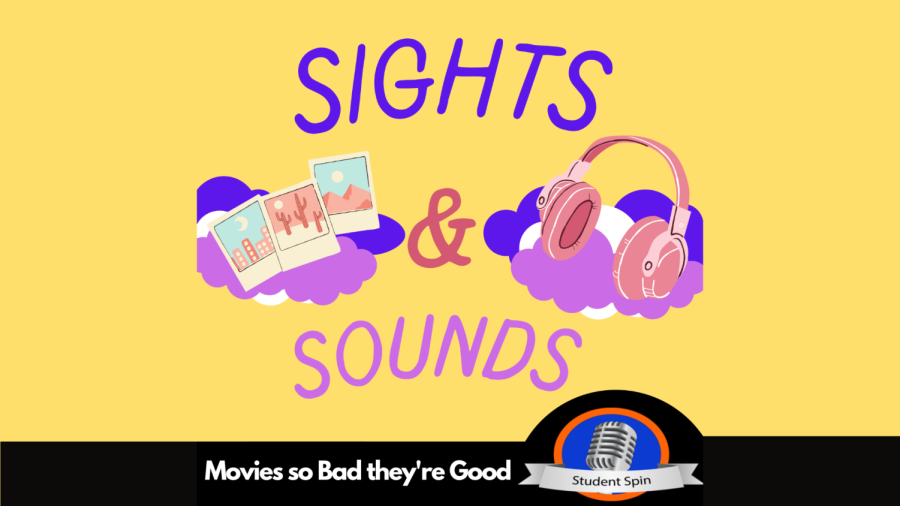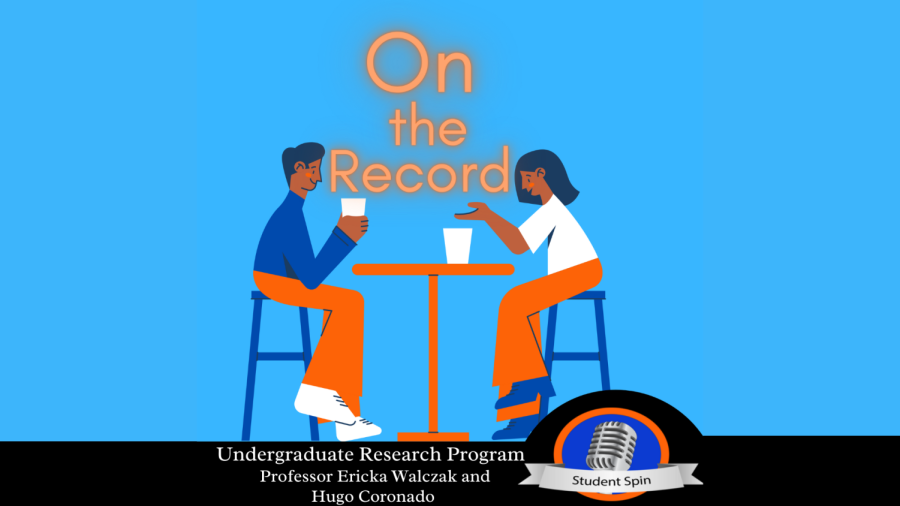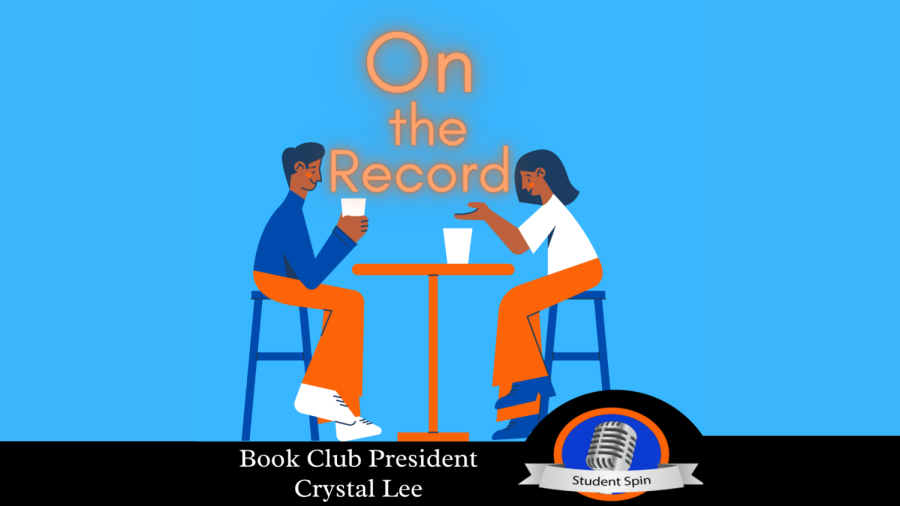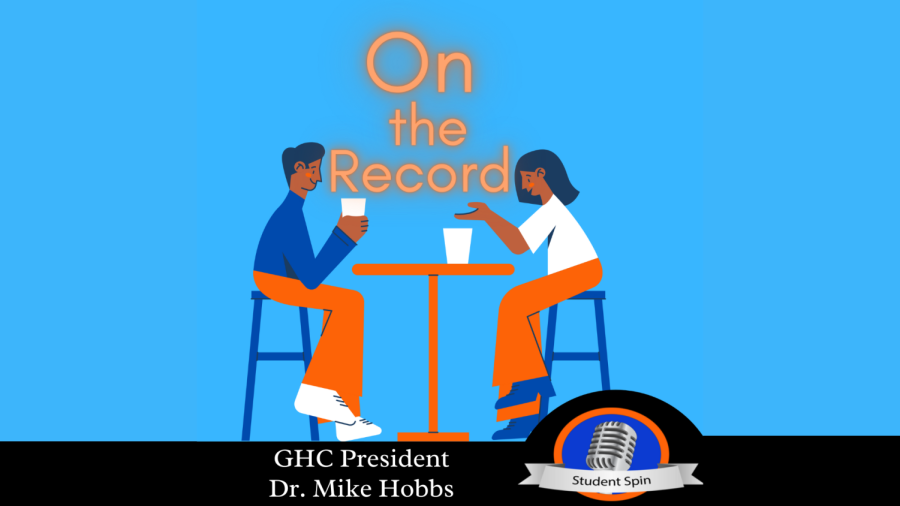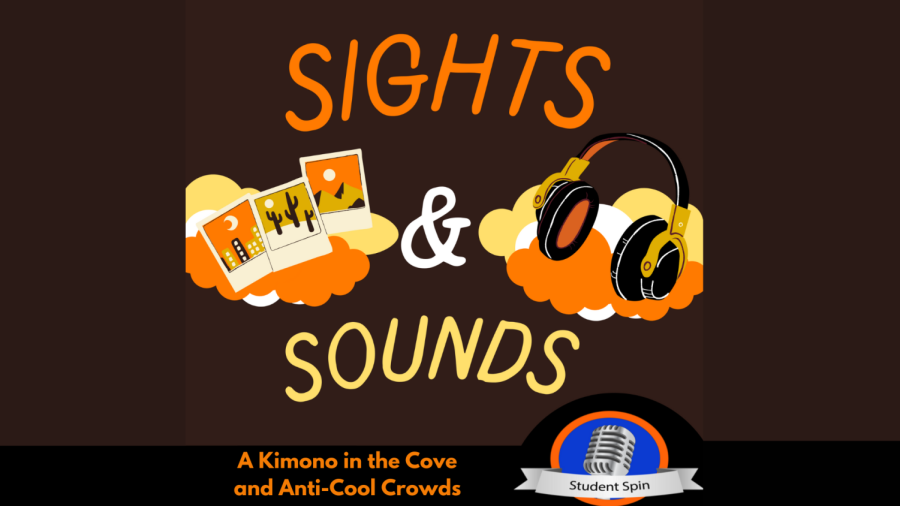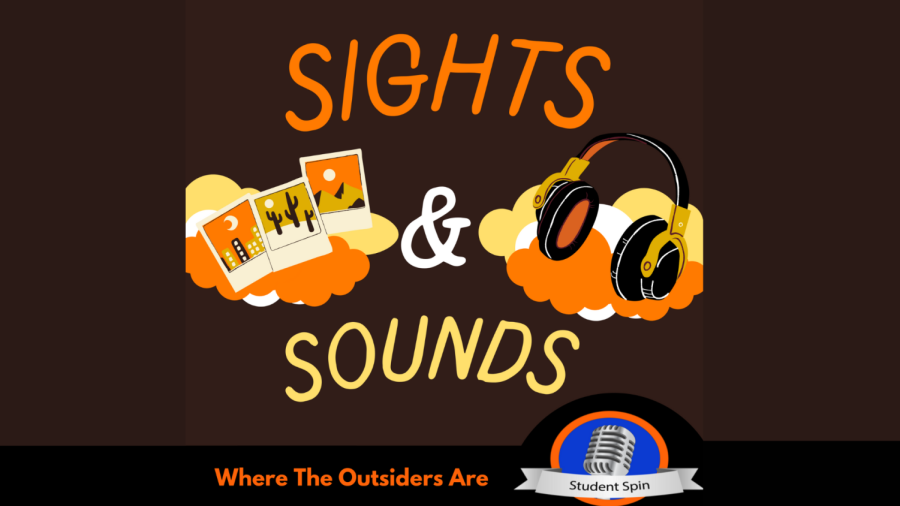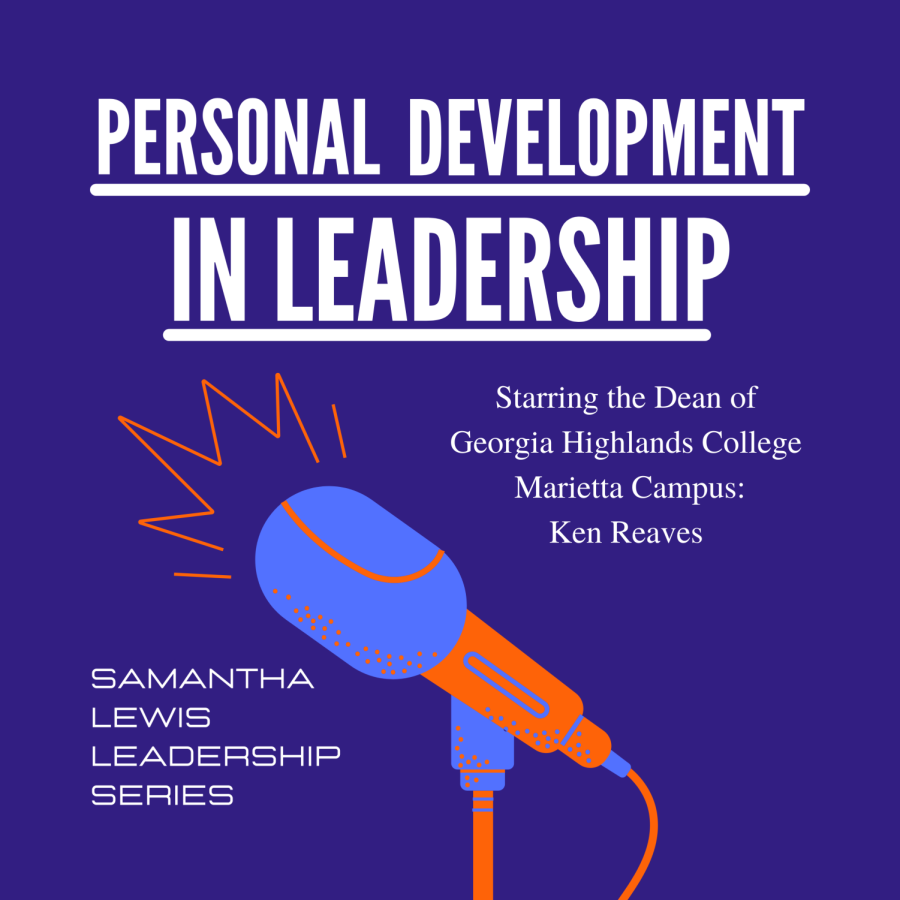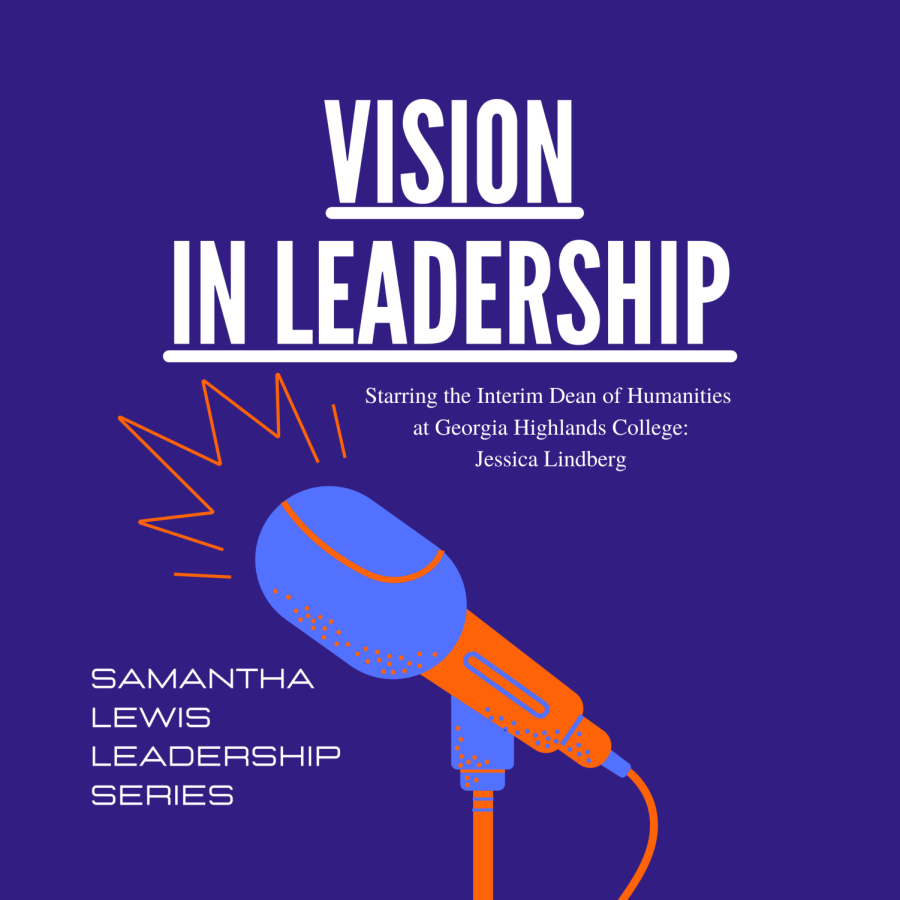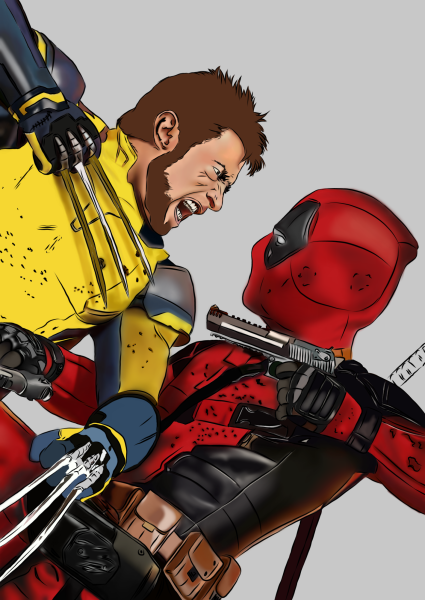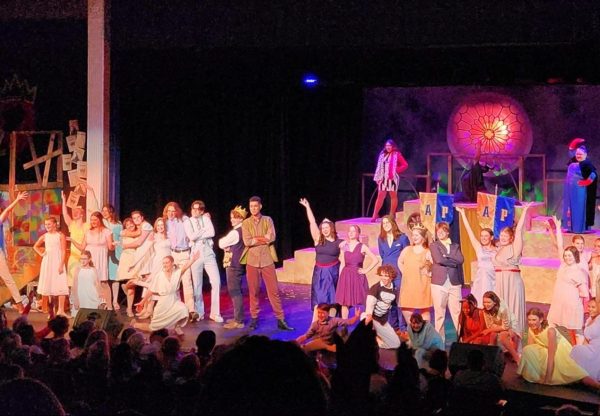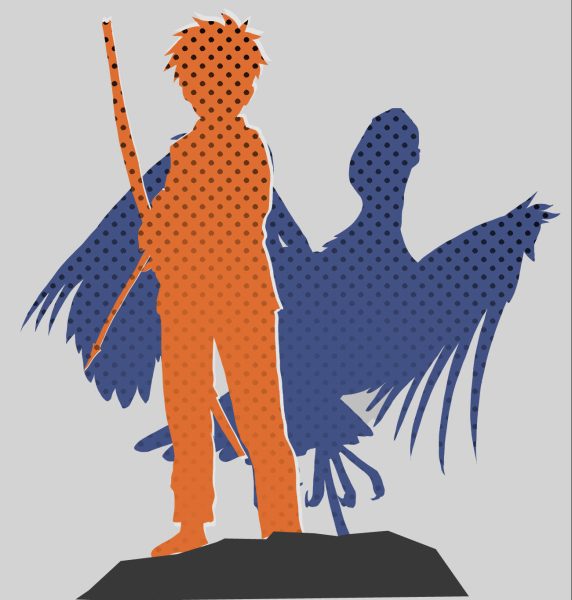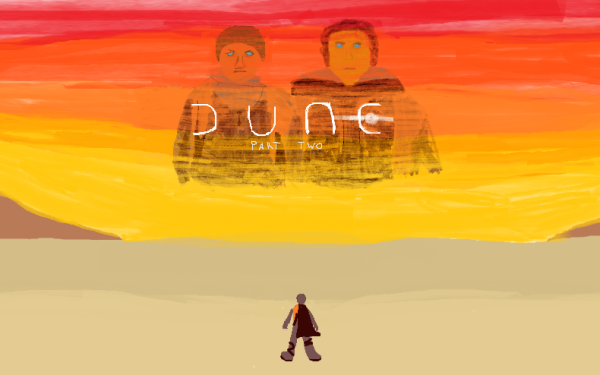Film evolution and the viewer experience
Many purists believe that there’s nothing quite like the crisp, savory rush of air that comes from opening a theater door to tell you that you’re about to step into a new movie’s world. Others find that the ability to stream a film from anywhere via Netflix, Hulu or one of the many other services is the more favorable option because it allows for a flexible viewing experience.
Me, I’m somewhere in the middle. After all, everyone loves a good movie. And a good movie is always worth watching, whether it’s watched from a theater’s velvet folding chairs with a silence so sharp and a screen so mesmerizing that none of the outside world can seep in or watched from your living room recliner as dogs bark and the microwave beeps in the background.
We live in an age where entertainment surrounds us, and there has never been a better time to be a movie buff, a cinephile, a film fanatic or whatever else you want to call it. We have options. Technology is evolving, and our creative pursuits, ambitions and movie experiences evolve and expand as a result.
So, before anyone tells you that “The Shining” wasn’t meant to be watched on your iPhone’s Hulu app, think about all the progress movies have made so far. The oldest piece of surviving film is a two second clip from 1888 titled “Roundhay Garden Scene.” It doesn’t show very much — its brief run-time only affords the viewer a glance at a group of people as they walk and enjoy some fresh air — but it did give the director, Louis Aimé Augistine Le Prince, the opportunity to use a new invention unlike any the world had ever seen: the motion picture camera.
“Roundhay Garden Scene” is uninteresting on its own, but when people came to realize the potential it held as a new technological magic, we did what we as a species do best. We transformed it into something truly special.
As the years flew by, the film industry became more daring than ever. The visionaries behind these masterpieces did not fear the past or the future of film. They took what they knew and built upon it with fresh ideas and technological advancements. Audience members should try to do the same when it comes to how they watch films.
Today, we continue to dream through the medium of movie-making, and changes are happening all the time. We can enjoy both the classics and new spectacles of the screen. If film-makers themselves aren’t afraid to embrace both an appreciation for old and modern methods, why should the modern movie audience have only one viewing preference when we have so many wonderful choices available?
The answer is simple: we shouldn’t.
Imagine if movies were still only two-second clips. What if they never experimented with different styles? How repetitive would it feel? Now imagine shunning Netflix because watching movies on a laptop isn’t captivating enough. Or, on the other side of things, imagine refusing to go to an anniversary screening of “King Kong” because you could watch it at home.
Every way we have to consume movies has something to offer. We should never limit ourselves to thinking that one way is better than the other. Whatever you prefer, sit back, relax and just enjoy the show.

